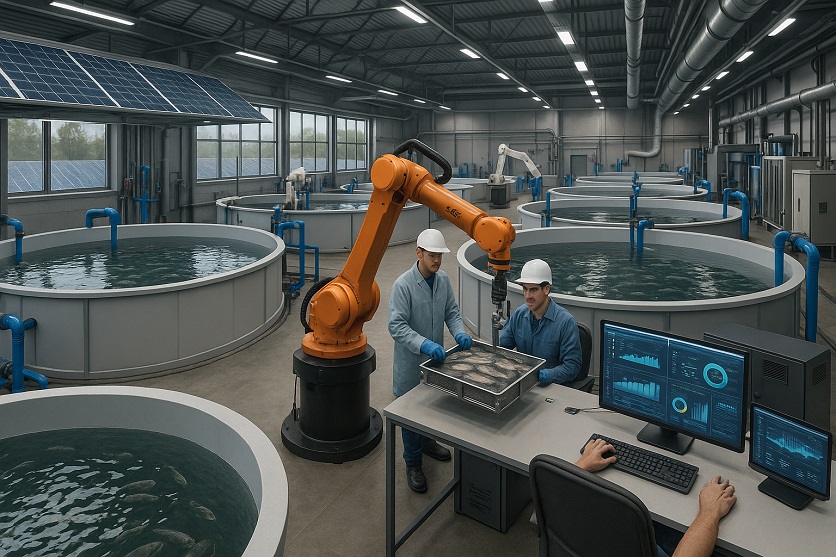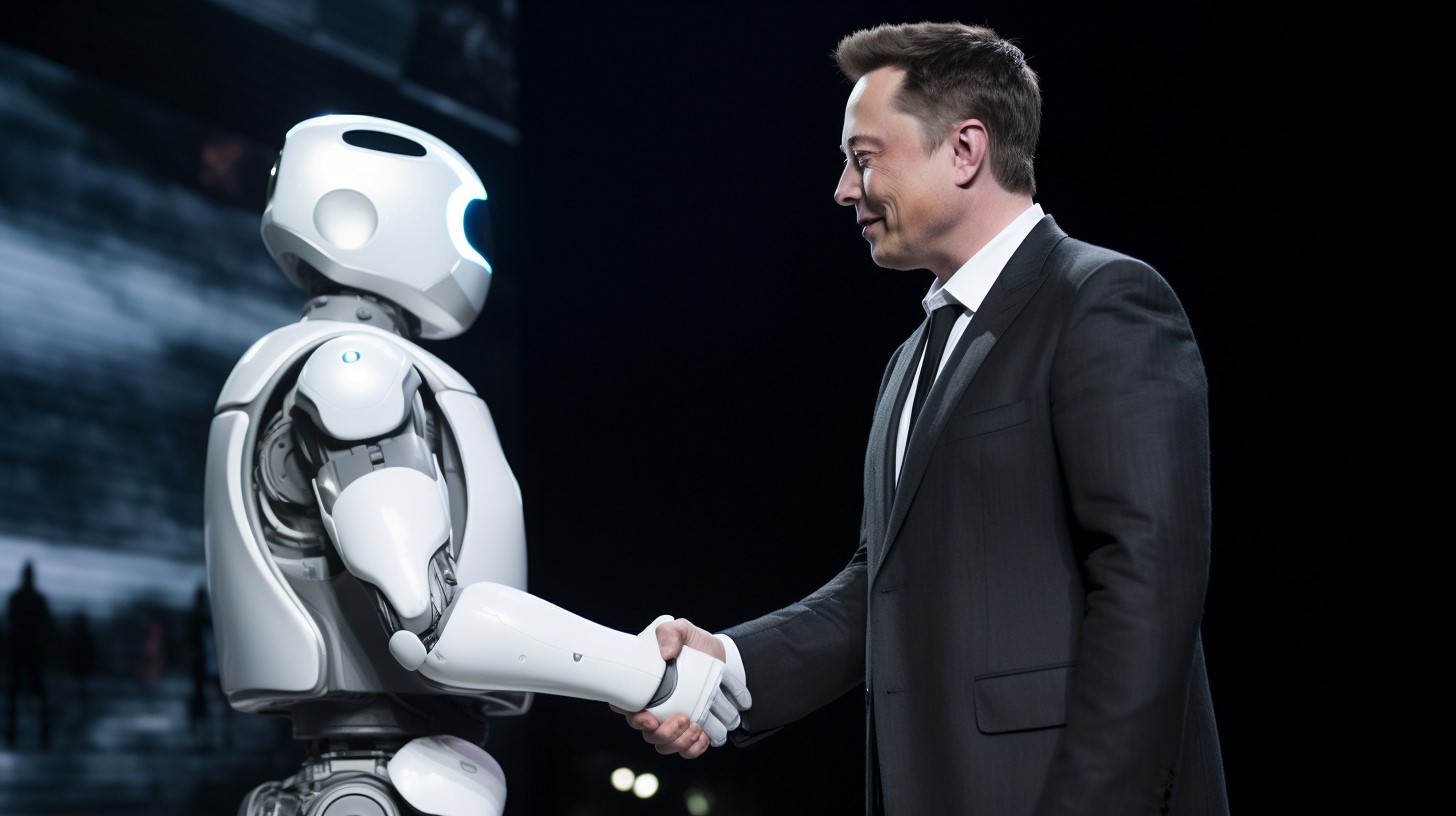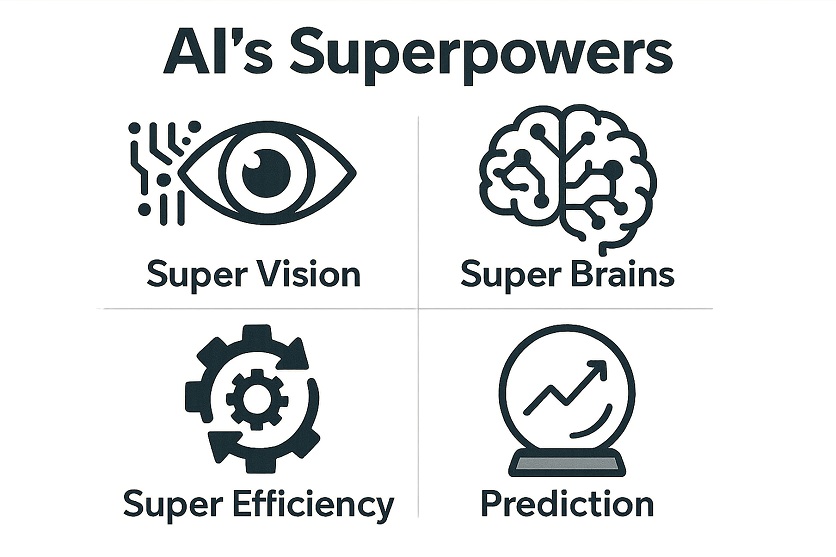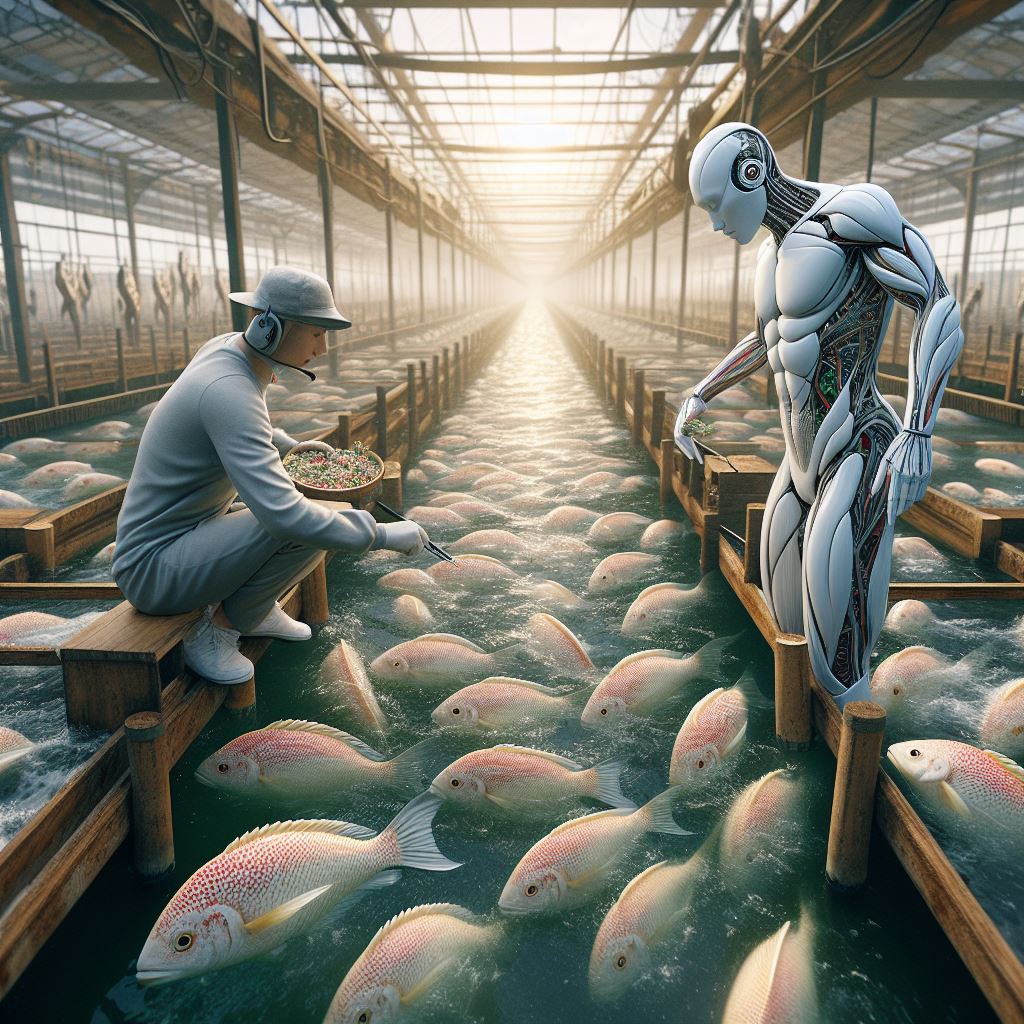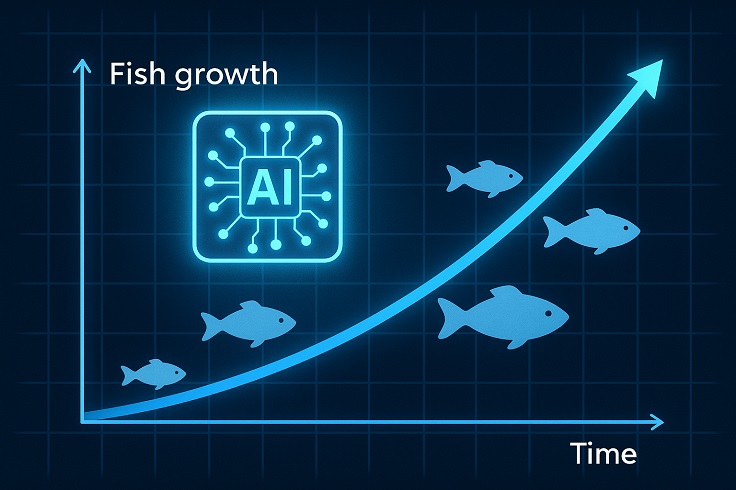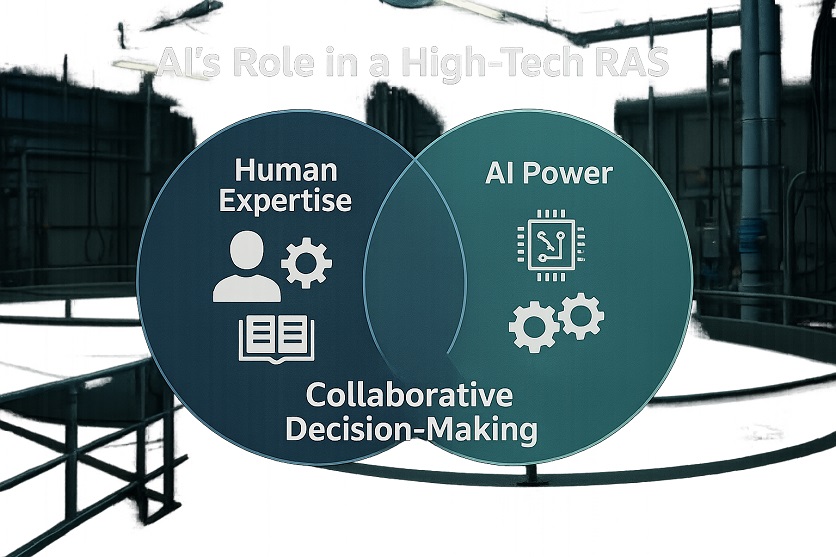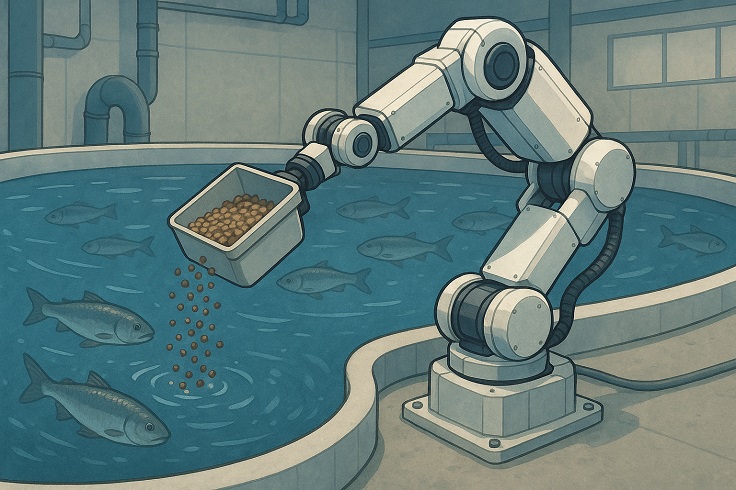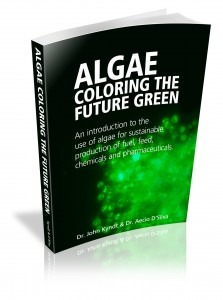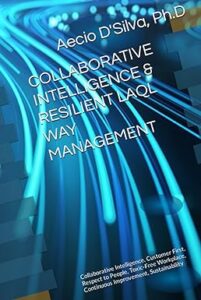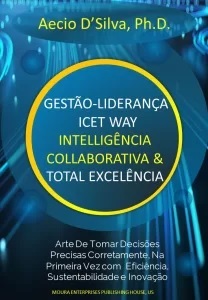Contents
- 1 The AI Technological Radical Innovation in Total Excellence Management and High-Tech Closed-Recirculation Fish Farming System!
- 2 AI&TEMS&RAS Are Here!
- 3 Prof. Aécio D’Silva, Ph.D AquaUniversity
- 4 Introduction: The Future is Now – Smart Fish Farms!
- 5 What You’ll Learn in This Post: Getting Ready for the AI Revolution
- 6 Simply put, what is Artificial Intelligence (AI)? Making Computers Smart – AI&TEMS&RAS
- 7 AI’s Superpowers: How AI Can Help Our Fish Farms – AI&TEMS&RAS
- 8 Smart Sensors: AI’s Eyes and Ears
- 9 Robots in the RAS: AI’s Helping Hands
- 10 Predicting the Future: AI’s Crystal Ball – AI&TEMS&RAS
- 11 AI&TEMS&RAS: Making Excellence Even Better
- 12 The Future of Fish Farming: An AI-Powered Revolution
- 13 AI’s Role: Our Responsibility
- 14 AI&TEMS&RAS: What AI Brings to Us – A Brighter Future for Fish Farming
The AI Technological Radical Innovation in Total Excellence Management and High-Tech Closed-Recirculation Fish Farming System!
AI&TEMS&RAS Are Here!
Prof. Aécio D’Silva, Ph.D
AquaUniversity
Introduction: The Future is Now – Smart Fish Farms!
AI&TEMS&RAS – Imagine our amazing RAS fish farms getting even smarter, with computers that can learn and help us in ways we never thought possible! That’s the power of Artificial Intelligence (AI), and it’s about to change how we grow fish. This post will take us on a journey into the future of fish farming, exploring how AI can make our farms more efficient, sustainable, and successful.
What You’ll Learn in This Post: Getting Ready for the AI Revolution
In this post, you’ll become an AI explorer and discover:
- What is AI? We’ll learn the basics of Artificial Intelligence and its workings.
- AI’s Superpowers: We’ll explore the amazing things AI can do to help us on our fish farms.
- Smart Sensors: You’ll discover how AI uses sensors to “see” and “understand” what’s happening in our tanks.
- Robots in the RAS: We’ll imagine how robots could help us with tasks like feeding and cleaning.
- Predicting the Future: You’ll learn how AI can help us predict things like fish growth and water quality.
- AI and TEMS: We’ll see how AI can make our Total Excellence Management System (TEMS) even better.
- The Future of Fish Farming: We’ll discuss what all this means for the future of how we grow fish.
- AI’s Role: We’ll explore the role AI will play in making our farms more sustainable.
Simply put, what is Artificial Intelligence (AI)? Making Computers Smart – AI&TEMS&RAS
Let’s start with the basics: What exactly is AI?
- What is Intelligence?
- Explanation: First, let’s think about what “intelligence” means. It’s the ability to learn, understand, and solve problems. You’re intelligent because you can learn in school, figure out how to play a new game, and solve puzzles!
- Making Computers Smart:
- Explanation: Artificial Intelligence is about making computers act in ways that seem intelligent. Instead of just following simple instructions, AI programs can:
- Learn from data: Like learning from experience.
- Recognize patterns: Like seeing a face in a crowd.
- Make decisions: Like choosing the best move in a game.
- Explanation: Artificial Intelligence is about making computers act in ways that seem intelligent. Instead of just following simple instructions, AI programs can:
- AI Examples You Know:
- Explanation: You probably already use AI every day!
- Voice assistants: Like Siri and Alexa, which understand what you say.
- Recommendation systems: Like Netflix, which suggests movies you might like.
- Spam filters: Which learn to identify and block unwanted emails.
- GPS: That guides you to where you want to go.
- Explanation: You probably already use AI every day!
AI’s Superpowers: How AI Can Help Our Fish Farms – AI&TEMS&RAS
AI has many “superpowers” that can be incredibly useful for our RAS farms.
- Super Vision: AI can analyze images and videos to “see” things we might miss.
- Super Brains: AI can process huge amounts of data to find patterns and make predictions.
- Super Efficiency: AI can control systems to optimize performance and reduce waste.
Smart Sensors: AI’s Eyes and Ears
To use AI, we need to give it information about our fish farm. We do this using sensors.
- What are Sensors?
- Explanation: Sensors are devices that measure things like:
- Water temperature
- Oxygen levels
- pH levels
- Fish size and growth
- Explanation: Sensors are devices that measure things like:
- How AI Uses Sensors:
- Explanation: The sensors send data to the AI computer, which then analyzes it to understand what’s happening in the tanks. It’s like giving the AI eyes and ears!
- Examples:
- Cameras: To monitor fish behavior and detect problems.
- Chemical sensors: To constantly check water quality.
Robots in the RAS: AI’s Helping Hands
Imagine robots working alongside us on our fish farm!
- What Could Robots Do?
- Explanation:
- Feeding: Robots could automatically feed the fish the right amount at the right time.
- Cleaning: Robots could clean the tanks and remove waste.
- Sorting: Robots could sort fish by size and health.
- Explanation:
- Benefits:
- Explanation:
- Less Work for Us: Robots could take over repetitive and physically demanding tasks.
- Increased Accuracy: Robots could perform tasks with great precision, reducing errors.
- 24/7 Operation: Robots could work around the clock, ensuring continuous care for the fish.
- Explanation:
Predicting the Future: AI’s Crystal Ball – AI&TEMS&RAS
AI can analyze data to predict what will happen in the future.
- Predicting Fish Growth:
- Explanation: AI can use data on fish size, feeding, and water quality to predict how quickly the fish will grow. This helps us plan for harvesting and sales.
- Predicting Water Quality:
- Explanation: AI can analyze water quality data to predict when problems might occur, like a drop in oxygen levels. This allows us to take action before it’s too late.
- Benefits:
- Explanation:
- Better Planning: AI helps us make smarter decisions about when to feed, harvest, and maintain the system.
- Preventing Problems: AI can help us avoid costly and harmful events.
- Explanation:
AI&TEMS&RAS: Making Excellence Even Better
Remember our Total Excellence Management System (TEMS)? AI can make it even more powerful!
- AI for Quality Control:
- Explanation: AI can analyze data to identify areas where we can improve quality and reduce waste.
- AI for Process Optimization:
- Explanation: AI can help us streamline our processes and make them more efficient.
- AI for Customer Satisfaction:
- Explanation: AI can analyze customer feedback to help us understand their needs and improve our products and services.
The Future of Fish Farming: An AI-Powered Revolution
AI has the potential to revolutionize fish farming.
- More Efficient:
- Explanation: AI can help us produce more fish with fewer resources.
- More Sustainable:
- Explanation: AI can help us reduce waste, conserve energy, and minimize our environmental impact.
- More Profitable:
- Explanation: AI can help us increase production, reduce costs, and improve quality, leading to higher profits.
AI’s Role: Our Responsibility
While AI is a powerful tool, it’s important to remember that it’s still a tool.
- AI and Human Expertise:
- Explanation: AI should work alongside human expertise. We still need fish farmers to use their knowledge and judgment.
- Ethical Considerations:
- Explanation: We need to use AI responsibly and ethically, ensuring the well-being of the fish and the sustainability of our practices.
AI&TEMS&RAS: What AI Brings to Us – A Brighter Future for Fish Farming
AI offers us incredible opportunities to make our fish farms smarter, more efficient, and more sustainable.
- For Fish Farmers: AI can help us:
- Work smarter, not harder.
- Make better decisions.
- Increase our profits.
- For Our Fish: AI can help us:
- Provide a healthier and more comfortable environment.
- Prevent diseases and stress.
- Ensure optimal growth.
- For Our Planet: AI can help us:
- Reduce waste and pollution.
- Conserve resources.
- Create a more sustainable future for fish farming.
By embracing AI and using it wisely, we can create a future where fish farming is both highly productive and environmentally responsible. It’s an exciting time to be involved in aquaculture! Please, tell me what you think about the revolution of AI in our fish Farms! Leave your comments below!
References:
D’Silva, Aecio (2023). RESILIENT LAQL WAY MANAGEMENT: Total Excellence, Collaborative Intelligence, Customer First, Respect to People, Toxic-Free Workplace, Continuous Improvement, Sustainability. Moura Enterprises Publishing House. Amazon Books.
